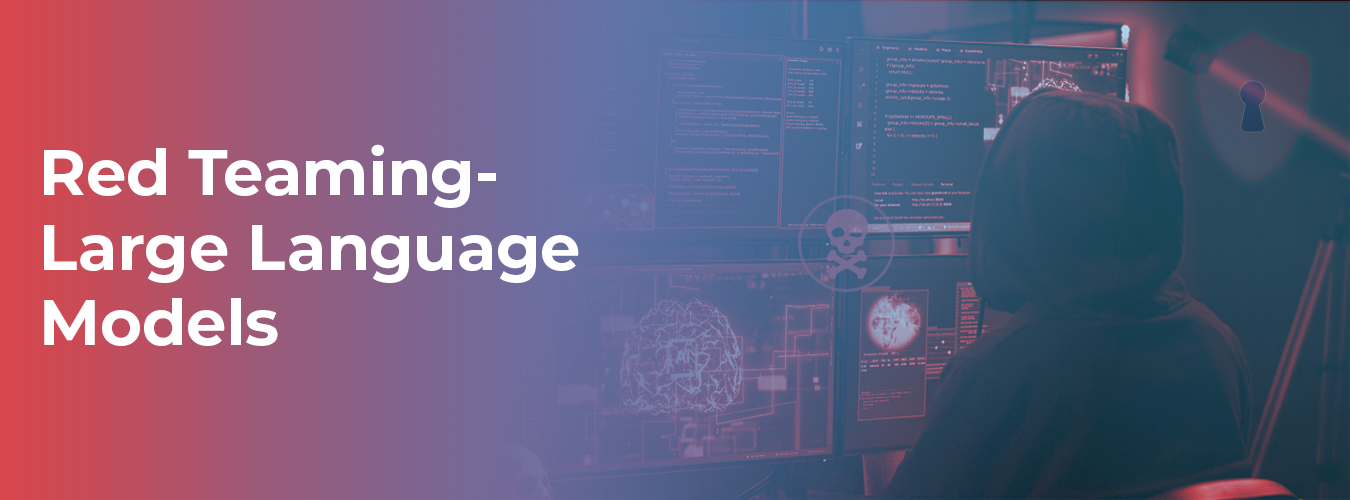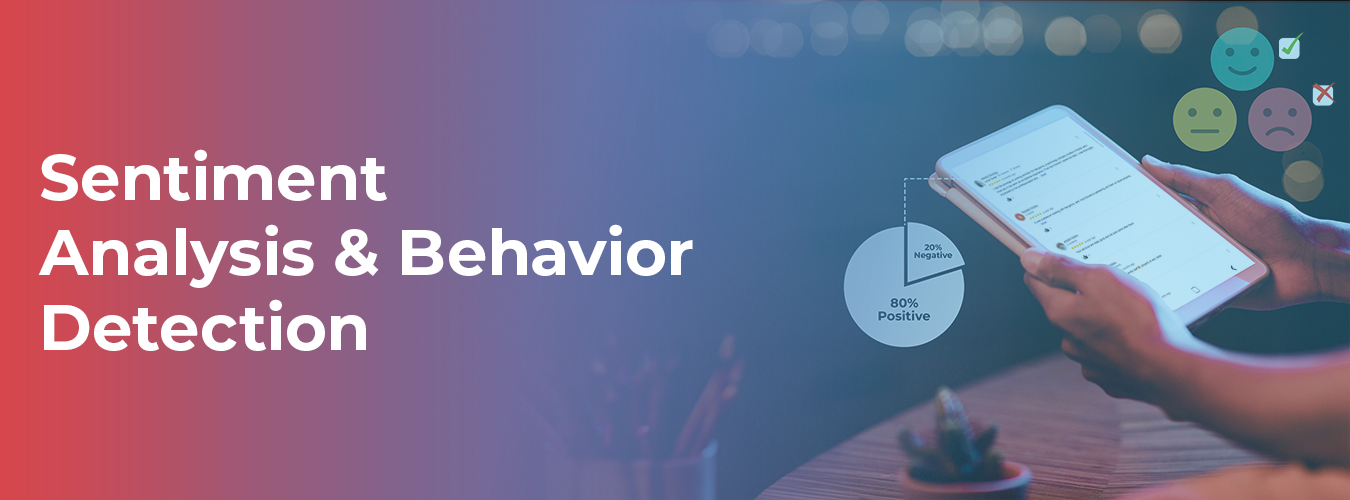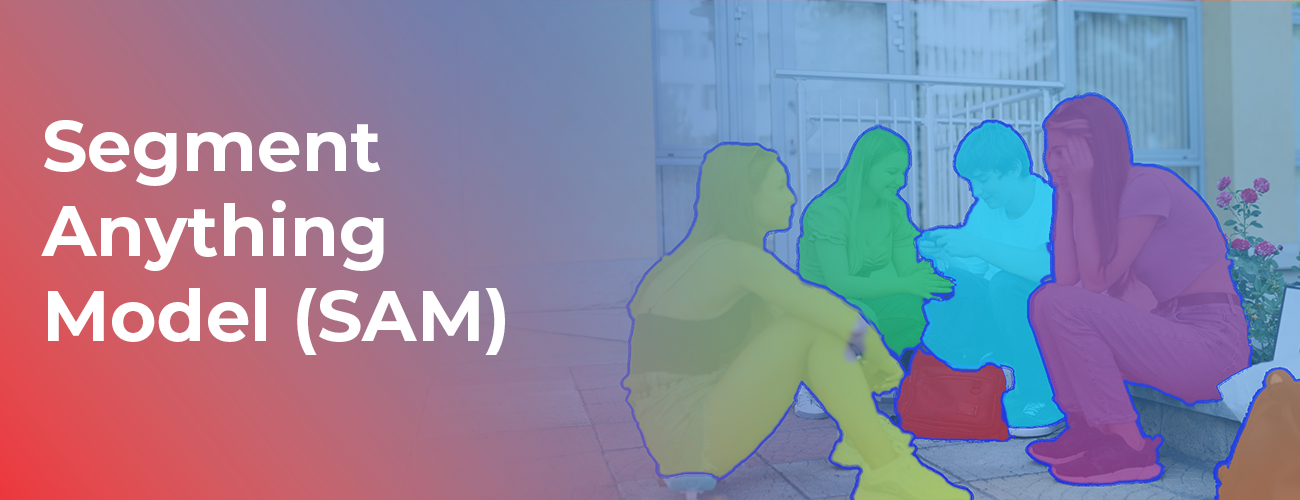Computer Vision is a field at the intersection of artificial intelligence and visual perception that revolutionizes how machines interpret and interact with the world. In this blog, we embark on a journey through the intricacies of Computer Vision, exploring how it empowers machines to glean meaningful insights from digital images and videos. From object recognition to real-world relevance and the mitigation of biases, we’ll unravel the diverse advantages that meticulous data curation brings. In this ever-evolving field, where innovation knows no bounds, let’s unlock the full potential of visual data together.
What is meant by Computer Vision?

Computer vision is a field of artificial intelligence (AI) that uses machine learning and neural networks to teach computers and systems to derive meaningful information from digital images, videos, and other visual inputs—and to make recommendations or take actions when they see defects or issues.
The primary intention of computer vision is to permit machines to gain a high-level understanding of visual information, extract meaningful insights, and make intelligent choices. This field encompasses various tasks: image recognition, object detection, image segmentation, facial recognition, and scene understanding.
Advantages of Computer Vision Training Data

1. Improved Model Accuracy:
High-quality training data contributes to the accuracy of computer vision models. Precise and well-annotated data ensures that models learn to understand and interpret visual information more precisely.
2. Enhanced Generalization:
Diverse and representative training data allows computer vision models to generalize well to various scenarios. This allows the models to perform correctly on real-world records beyond the training set, making them more solid and versatile.
3. Efficient Object Recognition:
Well-annotated training data enables efficient object recognition. Models skilled in complete datasets can accurately identify and categorize items within photos or videos, permitting applications in diverse domains, which include autonomous vehicles, healthcare, and production.
4. Real-world Relevance:
Quality training data displays real-world scenarios, ensuring computer vision models uncover the complexities and variations present in practical applications. This real-world relevance is vital for models to perform correctly in numerous environments.
5. Reduced Bias:
Carefully curated and diverse training data helps mitigate biases in computer vision models. Biases can rise if the training data is not representative, leading to skewed outcomes. High-quality data targets minimize these biases and promote fair and unbiased model predictions.
Use cases of Computer Vision

Computer vision for the FMCG industry
Ensure better customer engagement with computer vision. Improve efficiency, accuracy, and profitability in the following areas of your business operation:
- Quality control
- Packaging
- Inventory management
- Customer behavior analysis
- Retail automation
- Shelf optimization
- Product recognition
Intelligent diagnostic imaging
Speed, accuracy, and affordability are the limitations of radiologists and pathologists. With context knowledge, it can exploit shape, texture, contour, and prior clinical imaging data. That brings highly needed quantitative and qualitative information quickly, precisely, and cheaply.
- Democratize microscopy
- Automate cell identification
- Make diagnosis processes faster, better, and cheaper
- Computerized blood, urine, biopsy sample analysis and reporting
How can Macgence enhance your Computer Vision Models?

Unparalleled Diversity in Training Data
Macgence takes pride in curating diverse and extensive training datasets for Computer Vision. By encompassing a wide range of scenarios, objects, and environments, Macgence ensures that your models are exposed to real-world complexities. This diversity enhances the robustness of your models, making them more adept at handling various situations.
Fine-Tuned for Specific Use Cases
Macgence understands that every project has unique requirements. Unlike one-size-fits-all models, Macgence’s training data solutions can be fine-tuned to align precisely with your specific use cases. Whether it’s object recognition, image classification, or any other Computer Vision task, the tailored training data ensures that your models are optimized for your project’s objectives.
Data Annotation Excellence
Accurate annotation is crucial for the effectiveness of Computer Vision models. Macgence excels in data annotation, ensuring that each piece of data is meticulously labeled. This precision contributes to developing models with a deep understanding of the visual information they process, enhancing their overall accuracy.
Efficient Resource Utilization
Macgence’s training data solutions enable efficient resource utilization for training Computer Vision models. By providing precisely annotated data that aligns with your project requirements, Macgence minimizes resource wastage and accelerates the training process. This efficiency translates to cost-effectiveness and quicker model deployment.
Championing Innovation in Computer Vision

Macgence is a beacon of innovation in computer vision, constantly pushing limitations to supply solutions beyond expectations. Our computer vision services are numerous and impactful, from streamlining manufacturing methods with automated quality control to enhancing customer experiences through augmented reality applications.
Our team at Macgence knows that the success of computer vision services & solutions hinges on the ability to adapt to evolving situations. We employ machine learning strategies that facilitate continuous learning, ensuring the models develop and enhance over time. This adaptability is especially crucial in industries in which the landscape is dynamic and real-time decision-making is essential.
Conclusion

In conclusion, at Macgence, we are not just a provider of Computer Vision Services & Solutions; We are partners in your journey to unlock the full potential of visual data. Our commitment to excellence, combined with a careful approach to data training and annotation, ensures that our solutions lead to innovation. Contact Macgence today to see how our expertise in computer vision can propel your business into a future where possibilities are unlimited.
FAQs
Ans: – Computer Vision is a field of study that enables machines to interpret and understand visual information from the world, similar to human vision. It involves developing algorithms and models that allow computers to analyze and make decisions based on images or videos. Computer Vision extracts features, patterns, and information from visual data to enable machines to recognize objects, scenes, and context.
Ans: – Computer Vision applications are used for traffic sign detection and recognition. Vision techniques are applied to segment traffic signs from different traffic scenes (using image segmentation) and employ deep learning algorithms to recognize and classify traffic signs.
Ans: – Facial recognition technology uses computer vision to identify specific people in photos and videos. In its lightest form, companies such as Meta or Google use it to suggest people to tag in pictures, but law enforcement agencies can also use it to track suspicious individuals.




